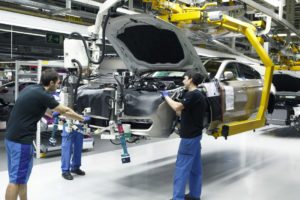In 1981, President Reagan enacted the Research and Development (R&D) Tax Credit as a way to reboot the American automotive industry. Approximately 30% of the United States’ research and development is conducted by companies in the automotive industry and heavy-duty manufacturers who create parts and components for vehicles. The continuous designs, developments and improvements conducted by automotive companies make manufacturers within this industry strong contenders for the R&D Tax Credit.

For activities to be considered qualifying research activities (QRAs) they need to fulfill the IRS Four-Part Test. The IRS Four-Part Test requires a new or improved business component (product, process, technique, invention, formula or software), the business component to be technological in nature, some kind of elimination of uncertainty, and a process of experimentation. The activities stated below fulfill the IRS Four Part Test and thus are considered QRAs for purposes of claiming the R&D Tax Credit.
The following activities are examples of the QRAs conducted by companies within the automotive industry:
- Improving efficiency in manufacturing operations.
- Designing, developing and improving automotive parts.
- Conducting tests to maintain quality assurance.
- Testing to meet compliance regulations and safety requirements.
- Developing environmental consideration for overall operations.
